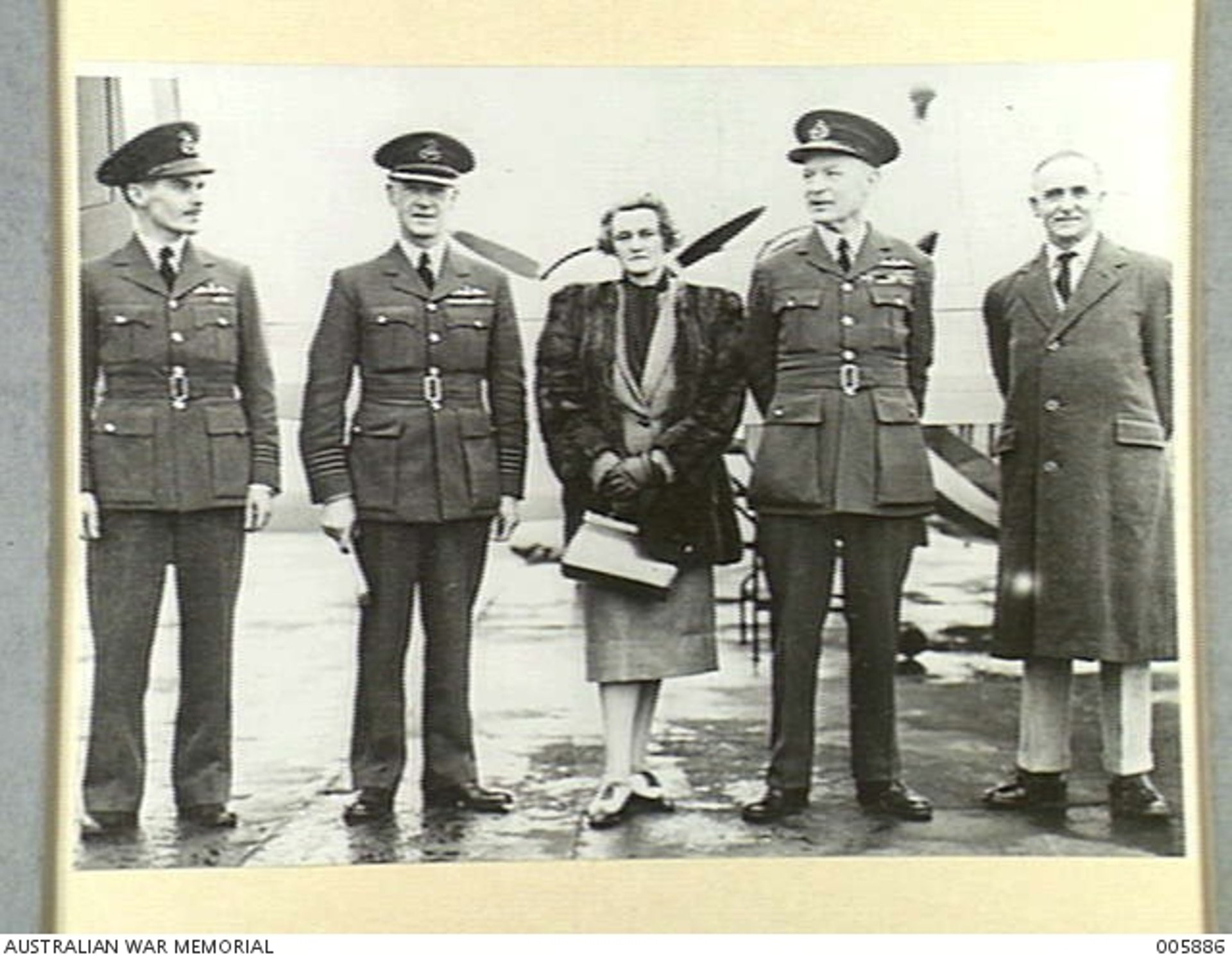
You didn’t come this far to stop
Brooke-Popham’s Visits to Australia
and the Disastrous Misjudgments
Episode 27: Brooke-Popham’s Visits to Australia and the Disastrous Misjudgments
In February 1941, Air Chief Marshal Sir Robert Brooke-Popham made his first visit to Australia to confer with the government and military representatives. During this visit, he conveyed Winston Churchill’s bold promise that Singapore would not fall. Churchill assured him that reinforcements, including capital ships, would arrive within six months to defend the fortress. However, these promises were far from reality, as the British Chiefs of Staff had already extended the relief timeline indefinitely following the fall of France over six months earlier.
WW2 HISTORYDESCENT INTO HELLIN THEIR FOOTSTEPS BLOG
Toursofwar.com
8/9/20245 min read
Underestimating the Japanese Threat
February 1941


Brooke-Popham’s misjudgment of the Japanese became clear when he confidently told Australian officials that Japan was not "air-minded" and that the RAF in Malaya would put up a “good show.” While determination is important, he ignored the critical need for competitive aircraft, trained pilots, and accurate intelligence, which would later prove disastrous for the defense of Malaya and Singapore. His comments fostered a dangerous sense of overconfidence, which masked the true risks of the growing Japanese threat.
Second Visit: Culpable Miscalculations and Denial
October 16, 1941: The Curtin Government’s Warnings
Brooke-Popham’s second visit to Australia came in October 1941, under the new Prime Minister John Curtin. During his meeting with the Australian Advisory War Council, Brooke-Popham’s comments were not only overconfident but dangerously misleading. He claimed that the Brewster Buffalo fighter was superior to its Japanese counterparts and well-suited to the conditions in Malaya, despite reports to the contrary from his own RAF pilots.
Dismissal of the Japanese Threat
In an even more shocking misjudgment, Brooke-Popham suggested that Japan was more likely to attack the Soviet Union rather than make a move southward, predicting that any such Japanese action would be delayed by at least three months. Curtin, however, was not convinced. He pointed out the deficient numbers of aircraft needed to defend Singapore and Malaya, and he urged a stronger stand against Whitehall to ensure more support for the Far East.
Brooke-Popham’s Defensiveness
When Curtin pressed for more action, Brooke-Popham responded defensively, claiming that he had done all he could to represent the Far East's interests to the British Chiefs of Staff, short of resigning. He assured the Australians that the British leadership had made a “fair allocation of resources” to the Far East, a statement that would soon prove disastrously false.
Did You Know?
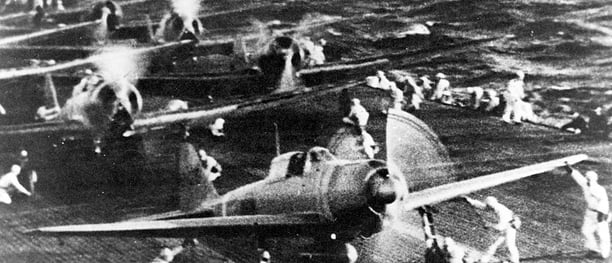

By the time of Brooke-Popham’s October 1941 visit, British intelligence had already identified the Zero’s impressive range and firepower, yet this information was downplayed.
The Brewster Buffalo
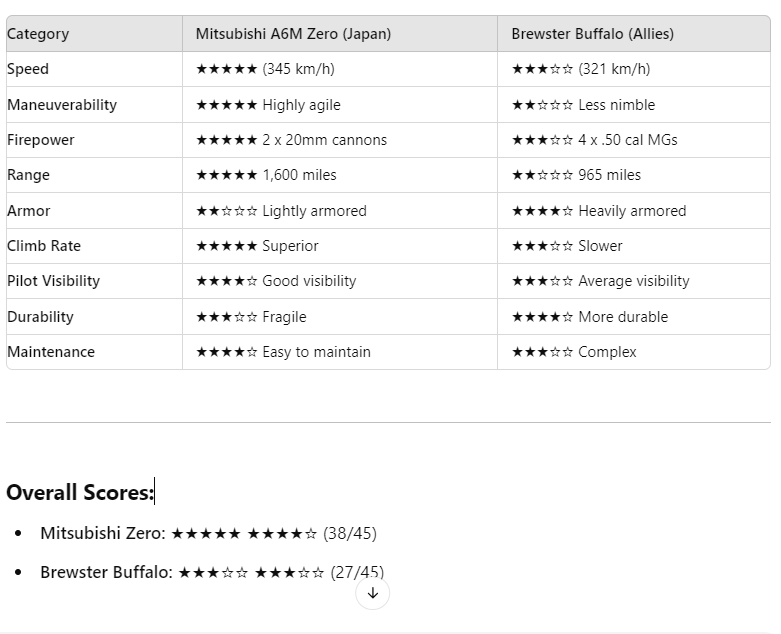

A Poor Performer at High Altitudes
Despite Brooke-Popham’s claims about the Buffalo, Douglas Gillison’s historical accounts revealed that RAF pilots had already raised serious concerns about the aircraft’s poor performance, particularly at altitudes over 10,000 feet. Brooke-Popham’s own official dispatches admitted these deficiencies, which had been demonstrated in tests conducted in Burma in September 1941. Even worse, American members of the American Volunteer Group (AVG) doubted whether the Buffalo could even hold its own against the Japanese fighters.
Overlooking the Superiority of the Zero
At the same time that Brooke-Popham was praising the Buffalo, intelligence had shown that the Japanese Mitsubishi A6M Zero was a far superior aircraft. Armed with two 7.7mm guns and two 20mm cannons, the Zero boasted a maximum speed of 345 km/h and a range of 1,500 miles, far surpassing the Buffalo in both firepower and performance. This intelligence had been available well before Brooke-Popham’s comments to the Australian government, yet he chose to downplay the threat.
A Disastrous Choice for Malaya
The Great Betrayal
Intelligence Failures

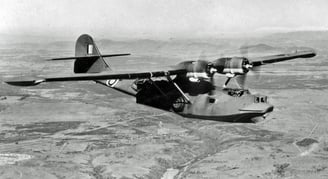
The Overlooked Data
In an extraordinary oversight, the Royal Australian Air Force (RAAF) Intelligence Memorandum, issued just 10 days before Brooke-Popham’s meeting with the Advisory War Council, clearly highlighted the superiority of the Japanese aircraft. The memorandum detailed the strengths of the Japanese Navy and Army air forces, including the capabilities of the Zero. Brooke-Popham, fully aware of this information, still downplayed the threat to Australia’s military leadership.
Political Motivations
Historian David Day, in his book The Great Betrayal, offered a possible explanation for Brooke-Popham’s behavior. He speculated that Brooke-Popham was conscious of Australia’s increasingly critical view of Britain and their concerns over the Pacific region. Brooke-Popham, seeking to maintain the illusion of unity within the British Empire, may have deliberately downplayed the seriousness of the situation to avoid fueling Australian doubts about British commitment to the Pacific theater.
Did You Know?
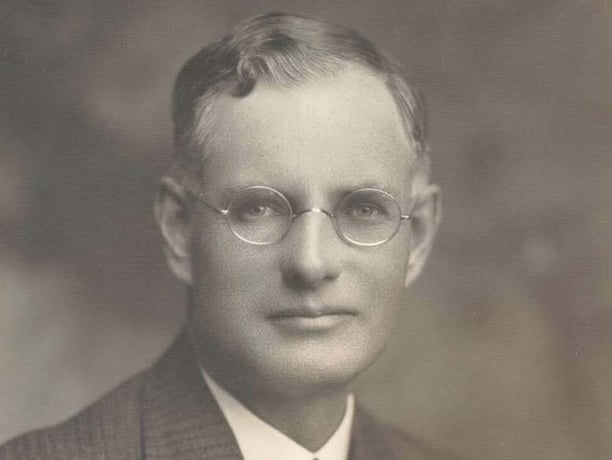

Prime Minister John Curtin, newly appointed in 1941, was one of the few Australian leaders who pushed back against Brooke-Popham’s claims, urging a stronger stand against British neglect of the Far East.
Conclusion
A Reckless Gamble on the Far East
Brooke-Popham’s two visits to Australia, particularly his second meeting in October 1941, revealed not just overconfidence but a reckless disregard for reality. His downplaying of the Japanese threat, combined with his defense of inadequate aircraft like the Buffalo, left Australia and Malaya woefully unprepared for the Japanese onslaught that would follow in December 1941. The warnings from the Curtin government were largely ignored, and the lack of action from Whitehall would soon contribute to the swift fall of Singapore and the collapse of Allied defenses in Southeast Asia.
How You Can Help
Donations and Sponsorships: We are seeking corporate sponsorships and donations to fund ongoing restoration projects and educational programs. Your support can make a significant difference in maintaining the quality and impact of the museum.
Volunteer Opportunities: If you have expertise or time to offer, consider volunteering with us. There are many ways to get involved, from artifact restoration to educational outreach.
Spreading the Word: Share this blog and our mission with your network. The more people who know about the JEATH War Museum and its significance, the greater the impact we can achieve together.
The St Andrews Research Team is dedicated to preserving the legacy of the Thai-Burma Railway and the memories of those who suffered. We need your support to continue our work. There are several ways you can help:
Join the Cause!
If you or someone you know is interested in supporting this cause, please get in touch.
This is a chance to be part of something truly meaningful and impactful.
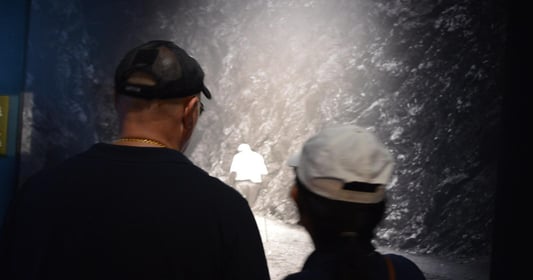

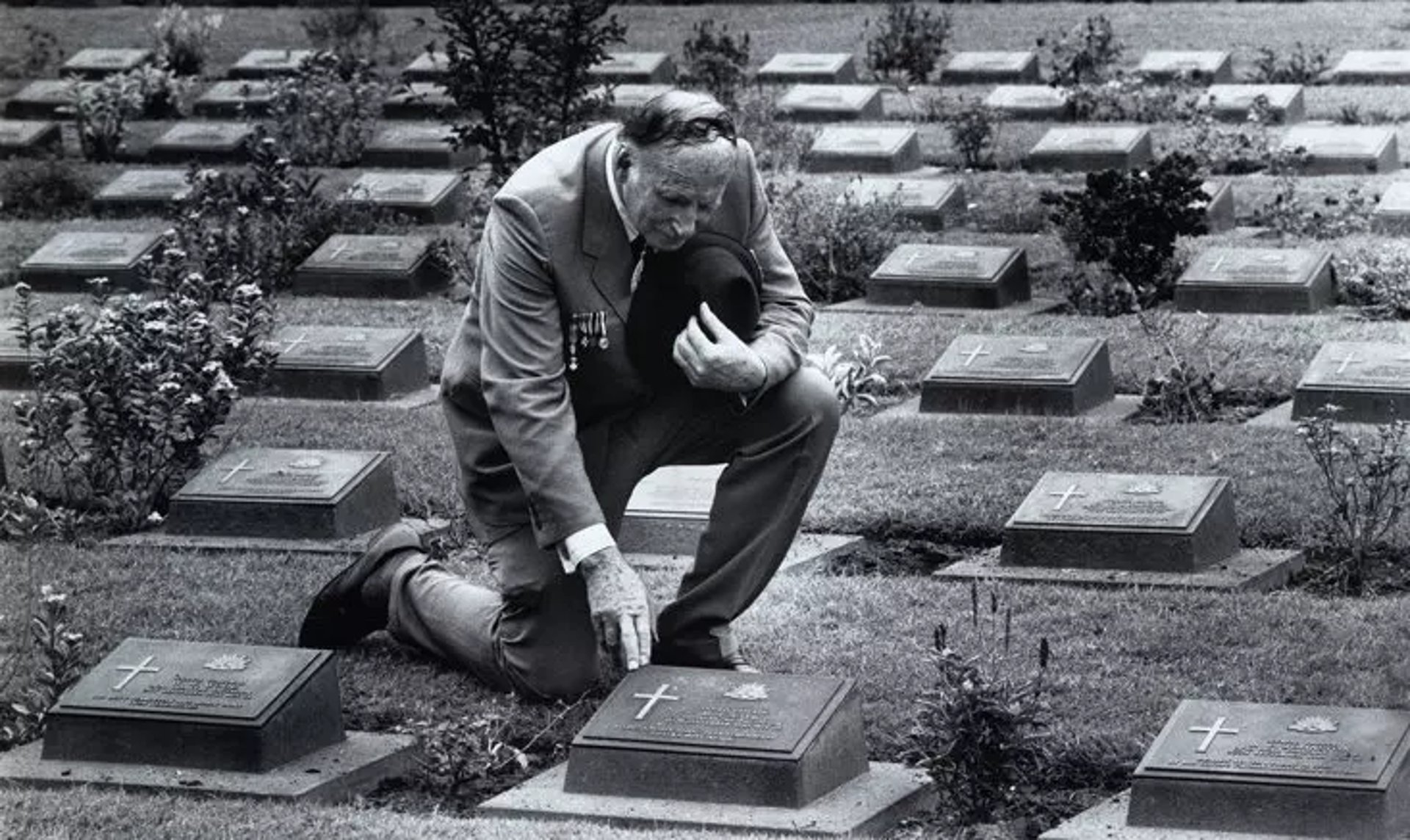
Together, We Can Make a Difference!
This is a veteran-run project, and we need your help to make it happen. Stand with us in honoring the legacy of the POWs and ensuring their stories are never forgotten.
